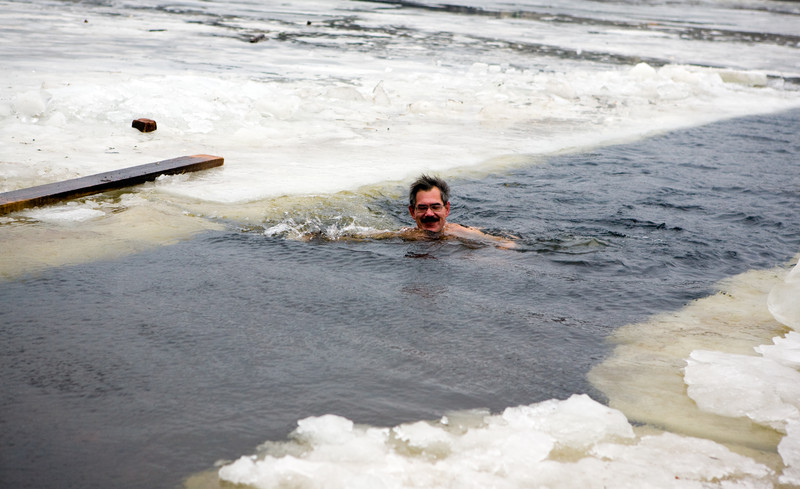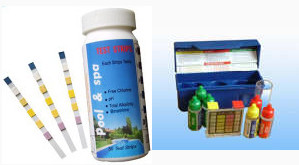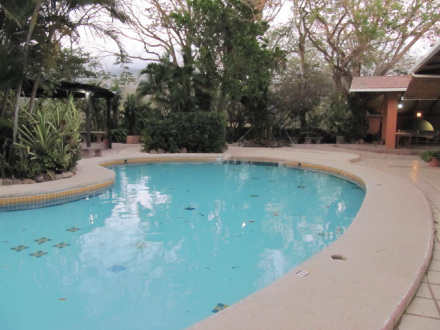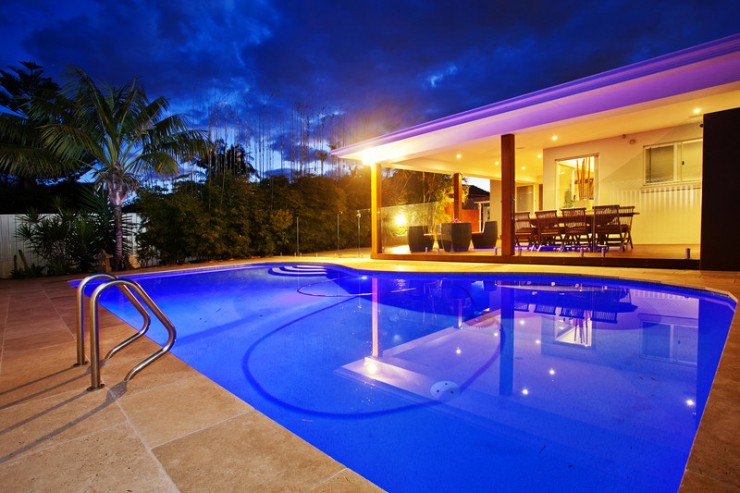
It’s all too easy to ignore your pool in winter. After all, unless you’re either blessed with the resources to run a pool heating system that assures year round warmth, or else you’re the kind of swimmer who thinks that swimming the English Channel is merely a “bracing dip”, why would you want to go near the thing?
But, understandable though it is, that would be a mistake. The cold, wet, nasty thing that you avoid in your backyard in winter is the same sparkling, refreshing, and joyful thing that you can’t wait to get into during the summer. Plus, on a purely financial level, your pool’s an investment and an asset to your property. And ignoring it completely doesn’t just build up problems for next summer: it reduces the value of your asset, and can have negative, and potentially expensive, effects on the efficiency of your pool filtration system.
So, whichever way you look at it, it is worthwhile to show your pool a little love during the winter months. The following are 7 essential tips for winter pool maintenance.
1. Balance the Water
Whether you live somewhere where winter temperatures make it worthwhile to close and cover your pool, or somewhere warm enough that it doesn’t matter, at the end of the swimming season it’s essential to make sure your pool’s PH is in the proper range – between 7. 2 and 7.6.
So, when you decide it’s the season for snuggling on the sofa instead of lounging by the pool, test your pool water balance and adjust it accordingly.
2. Clean the Pool and Filter Thoroughly
Tempting though it is to avoid doing, you need to ensure that the pool is thoroughly cleaned whether you’re closing it, or leaving it open and just not using it. The main reason is that algae enjoy nothing better than a spot of unclean water in which to blossom, bloom, and thrive. And you don’t want to give the little so-and-so’s an even break!
Therefore, first be sure to brush the entire floor and walls of your pool, including any steps and bench areas. If you have a pool ladder that lifts out of the water, take it out. Then give the whole pool a complete vacuum cleaning. Also, empty and clean all the skimmer baskets.
Then, clean your filter.
The problem with filters over the winter is that any oil, grease, or general gunk that’s becomes deposited in them will solidify, get harder, and build up internal scale on the machinery. This doesn’t just affect the future performance of your filter, it can ultimately lead to the sort of mechanical problems that can only be remedied by the application of large amounts of folding currency!
There are a number of soaking/cleaning products on the market that are designed to remove this kind of gunk from filters. So, if necessary, follow the label directions and give your filter a relaxing chemical soak before backwashing it to flush and remove any harmful residues.
3. Winter Shock the Pool
Shocking the pool – i.e. administering a super-high dose of chlorine – is designed to have the kind of effect on bugs, germs, algae etc. as Ripley and Hicks best-outcome battle strategy against the aliens on planet LV-426 in the film, Aliens: you take off and nuke the entire site from orbit!
Once you’ve added the shock treatment, make sure to run your filter for 2-4 hours so that the treatment is fully distributed throughout the pool. If you’re leaving your pool open during the winter, it’s a good idea to shock treat the pool every 4-5 weeks. Again, make sure to leave your pump running for 2-4 hours after doing so.
You can read more in our article How To Shock A Swimming Pool For Beginners.
4. Regularly Test the Water Balance

We recommend these pool water testing strips and this liquid pool water testing kit.
During the winter months, it is advisable to run a check on you water balance at least every 2-3 weeks. The warmer your water temperature, the more frequently you should check the balance. As a rule of thumb, give it a quick shock every 3 weeks if the water temperature is between 10ᵒ and 20ᵒC, every 10 days to 2 weeks if the water temperature is north of 21ᵒC.
If you have a salt water pool, and are using a pool blanket – especially if you’re using a solar blanket – be aware that pool blankets trap and retain chlorine. So reduce the output of your chlorinator to 2-3 parts per million (PPM).
5. Cover Your Pool
Obviously, if you’re closing your pool for the winter, make sure it’s covered. But, even if you’re not actually closing it, cover it anyway to make sure that you’re not giving the above mentioned vegetation, bugs and beasties a totally open-door invitation to drop in anytime and unannounced.
The better your pool is covered, the better it will hold up over the winter months.
If your looking for a pool cover, we recommend this pool cover and this pool cover roller. For winter closing you might consider a pool safety cover.
6. If You’re Not Closing Your Pool – Run the Filter

If your pool’s not closed and you’re filter’s not running, the water becomes stagnant. And, stagnant water becomes about as attractive as, well…stagnant water. So, during the winter months set your pump and filter timer so that they run for 2-4 hours a day. Preferably, you should break this down into 2 separate cycles of 1 – 2 hour each. Since you’re not actually using your pool, feel free to time these to take advantage of off-peak electricity tariff rates.
7. Regular Eyeball Inspections
No, we don’t mean trips to the optometrist! We mean regularly (say, once a week or so) taking a spin around your frigid winter pool and it’s surrounds for a visual once-over that everything’s still in order.
So go for a stroll. Admire its beauty. Look forward to next summer, and imagine how much you’re going to enjoy being back in it. Now, look a little more carefully and keep an eye out for any potential problems; for anything that might stand between you and the bliss of your sparkling, sensuous, spirit-reviving, summer swimming pool.
And, when you spot it, put a stop to it – wherever it is.
Especially look out for water overflow. If your pool water’s getting to high, use the waste function on the pump’s backwash valve to lower it back to proper levels – about 75mm from the top of the pool should do it. Also, if your winters are particularly wet and rainy, look out for ground water run-off, or water running off adjacent roofs that may be entering you pool. If you see it, divert it away from your pool.
So, even if it is winter, you can’t ignore your pool altogether. The poet, John Keats, wrote, “Heard melodies are sweet, but those unheard are sweeter.” John Keats wasn’t Australian, and he certainly didn’t own a pool, but that’s how you want to think of your winter pool – especially if you want it to remain “A thing of beauty and a joy forever.” And, a valuable investment asset.
Recommended Products
Pool Water Testing Strips and Liquid Water Testing Kit
Swimming Pool Cleaner – Automatic Suction Cleaner or Robotic Cleaner
Swimming Pool Cover and Pool Cover Roller
Related You might be interested in reading:
How to Winterize Inground Pool


